
To the exhibition of Santiago Calatrava at GHMP
In the past week, Swiss architect with Spanish roots Santiago Calatrava visited Prague. This happened on the occasion of the opening of the exhibition Art & Architecture. The Wednesday vernissage at the House of the Stone Bell was preceded by a public lecture the day before in the main hall of CAMP, where we not only learned about currently completed and upcoming projects around the world but could also take a glimpse into Calatrava's Zurich studio through a ten-minute film, where sculptures and paintings are created. Although Calatrava's exhibition was planned well in advance, the timing of the visit couldn't have been better, as bridges are collapsing in Prague, bridges are being closed, and the design of new metro stations is being considered. It would be hard to find a more experienced architect who has built more bridges and transport terminals around the world. Calatrava also holds another record for repeatedly exceeding budgets and a penchant for monumental sports complexes. Athens, Greece, is still recovering from hosting the Olympic Games in 2004, and the 2016 Summer Olympics in Rio de Janeiro, Brazil, only deepened the country's economic recession. Two years ago, Calatrava completed the Oculus transportation terminal in Lower Manhattan, which drained $4 billion from New York's public budget. This made it the most expensive train station in the world, which they soon plan to surpass with Calatrava's help in the emirate of Dubai, where they are building a new magnificent transport infrastructure from scratch for EXPO 2020 and will also construct the tallest tower in the world, the Dubai Creek Tower, standing 928 meters tall.
The story of the Prague exhibition surprisingly begins in New York at the Oculus transportation terminal, which some compare to a dinosaur skeleton and others to expansive bird wings. In any case, it must be acknowledged that such a strategically important transport hub related to a groundbreaking historical event deserves a similarly significant object. This building impressed the mayor of Prague during her visit to the Big Apple last year so much that she decided to invite Santiago Calatrava to Prague. This marks the first public appearance of this eminent architect in the Czech Republic. Curator Cristina Carrillo de Albornoz Fisac prepared one of the most comprehensive exhibitions that enthusiasts of Calatrava's work have been able to experience so far.
Santiago Calatrava was born near Valencia, Spain. His passion for architecture was awakened after visiting the Gothic cathedral of Notre Dame in Paris, which combines ingenious construction with sculptural decoration. At 23, he graduated in architecture from the Polytechnic University of Valencia. He then decided to continue his studies in engineering at ETH Zurich, but he never lost his passion for sculpture and painting. He had plenty of time to explore, draw inspiration, and seek his own language. In 1982, he managed to win an open competition for the new Stadelhofen station in Zurich and establish himself with biomorphic architecture. Since then, he has participated in 136 competitions, which is one of the hardest paths to securing a commission, but it also leads to the best solution being realized. Calatrava's exposed structures retain poetry and mystery. He goes beyond the material itself, striving for the greatest abstraction connected with strong inner feelings. Calatrava, who lives in a historic villa overlooking Lake Zurich, tries to avoid the architectural doctrines of the 20th century and seeks more enduring lessons that can last longer than a single generation. Thousands of people come into contact with his creations every day, so his buildings cannot please everyone. They have to deal with frequent criticism not only regarding the exceeded budgets but also concerning the aesthetic aspects. To cope with this criticism, Calatrava has the inscription on the Vienna Secession Pavilion, proclaiming “Der Zeit ihre Kunst. Der Kunst ihre Freiheit.” (To the age its art. To art its freedom.)
Calatrava mainly focuses on designing public buildings. In addition to sports stadiums and cultural buildings, he concentrates on structures that symbolically and physically connect people and cities. While a football match or theater is attended by certain groups of people, bus stops or bridges are regularly used by every city resident and most influence public events. These are exceptional kinds of buildings and deserve to be sculptures. Calatrava's constructions aim to enrich our lives. He has logical arguments for his endeavors that are difficult to comprehend in a country where the lowest price wins in competitions.
The Prague exhibition is not solely about completed buildings, but through examples of watercolor paintings, clay vases, wooden sculptures, and steel mechanical sculptures, it showcases the artistic side of Calatrava's work. There are also five original sketchbooks on display that you can flip through electronically. For Calatrava, sketching is a form of daily meditation and a way of seeking ideal forms. Every week, he draws about 200 sketches, and his private archive contains over 300,000 drawings. The exhibition is not accompanied by any photographs, so you will soon begin to perceive the exhibits as artistic objects, where the structures of large buildings can easily be mistaken for abstract sculptures or small jewelry.
During his short stay, Calatrava was only able to familiarize himself with the historical monuments in the center of Prague, where he was understandably most captivated by the Charles Bridge, which fulfills the master's vision of the perfect connection between functional and artistic components. The stone bridge would certainly be able to fulfill its function well even without the sculptural decoration, which today is an inseparable part of the entire structure. If Calatrava had more time, he would surely be surprised (in addition to discovering that his clone is active in the Czech Republic) by the quality of contemporary bridge structures, which are being designed by leading architects. The Tyrš Bridge in Přerov by Alena Šrámková is an example of an outdoor gallery, the Komenský Bridge in Jaroměř by Mirko Baum is a tribute to structural details, the Troja Bridge in Prague by Roman Koucký showcases the author's many years of experience, and the winning pedestrian bridge from Holešovice to Karlín by Marek Blanka and Petr Teja is a promise of a new generation. Let us hope that similarly high-quality transport structures, in which the hand of an architect is involved, will increase in the Czech Republic.
The English translation is powered by AI tool. Switch to Czech to view the original text source.
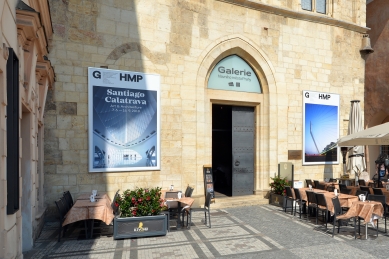
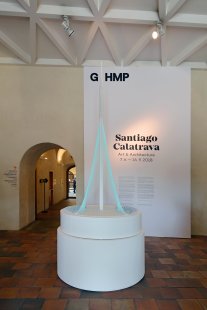
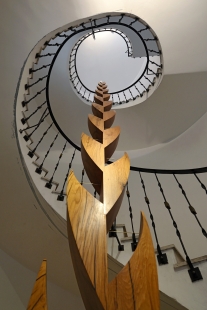
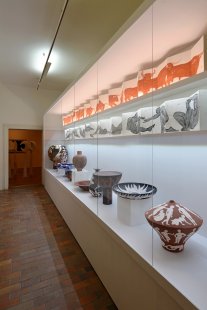
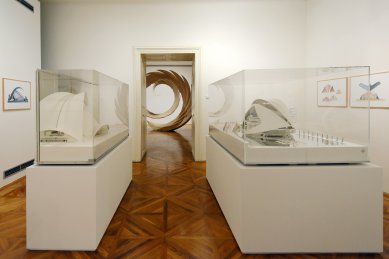
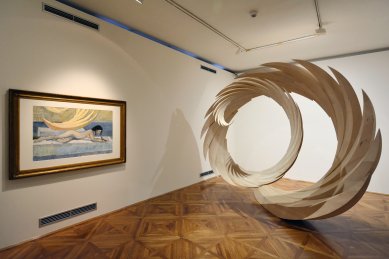
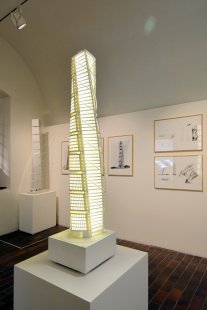
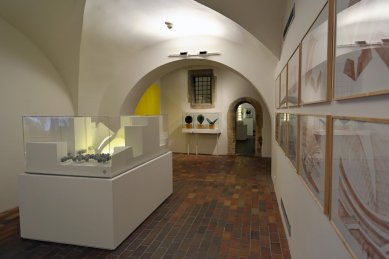
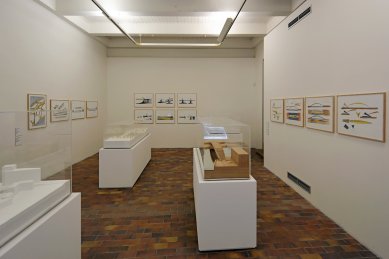
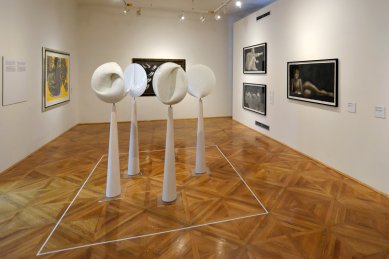
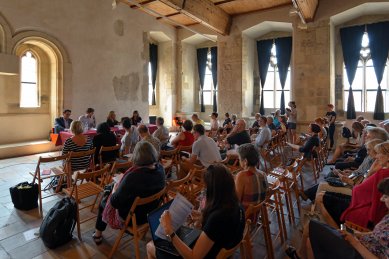
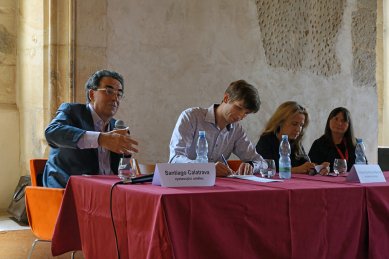
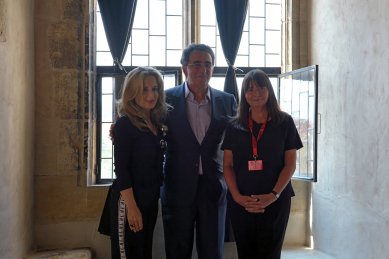
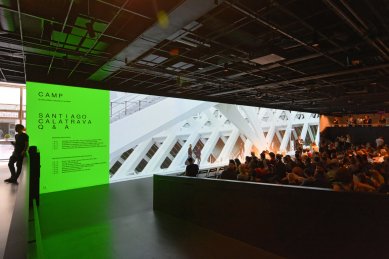
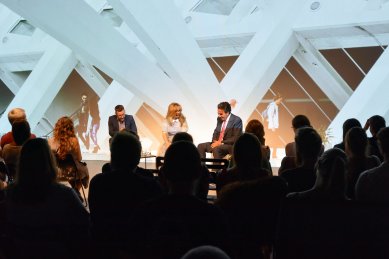
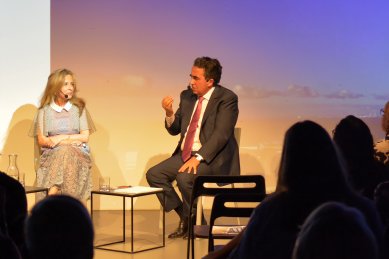
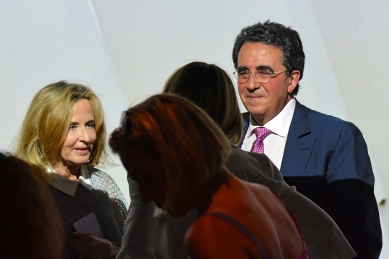
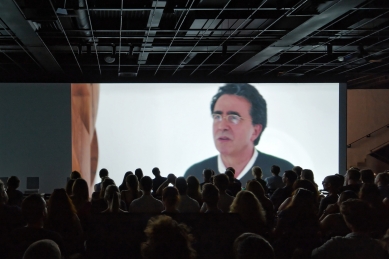
2 comments
add comment
Subject
Author
Date
Aha!...
šakal
11.06.18 12:48
Calatravův klon
Tomáš Vích
11.06.18 11:51
show all comments










